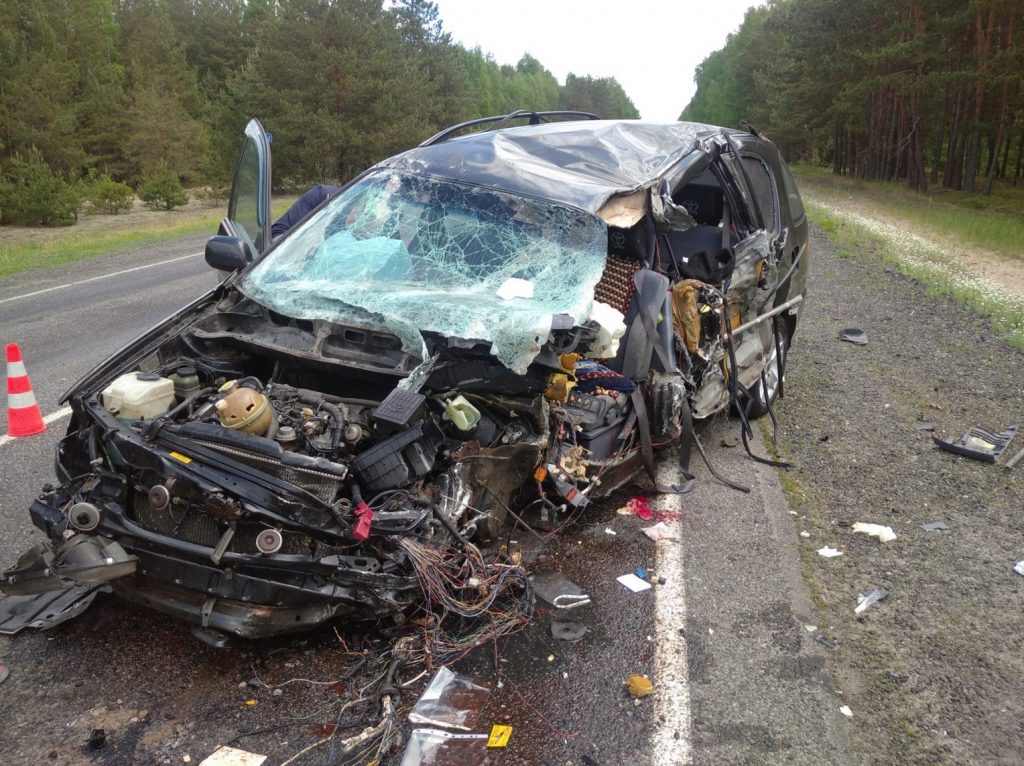The integration of advanced crash detection capabilities within the iPhone 14 Pro and Apple Watch 8 has brought attention to the potential for such technology to play a pivotal role in critical scenarios. This analysis illustrates a hypothetical situation to underscore the significance of these developments.
Context:
Contemporary technology companies, including Apple, exhibit a growing commitment not only to safeguarding digital assets but also to monitoring the physical well-being of users. Recent enhancements to products like the Apple Watch demonstrate an ongoing endeavor to monitor health indicators and respond to unexpected events such as falls.
Emerging Advancements:
Building on these efforts, Apple has introduced a groundbreaking feature that empowers the Apple Watch 8 and iPhone 14 to detect and respond to automobile collisions. To illustrate this capability, consider the following hypothetical scenario:
The Scenario:
Imagine an individual undertaking a lengthy road trip, covering significant distances between cities. Fatigue and drowsiness, common risks during prolonged journeys, lead to a brief lapse in attentiveness. In this hypothetical instance, the individual momentarily loses control of the vehicle, resulting in a collision with an oncoming car. The impact leaves the driver shaken but conscious, highlighting the importance of quick intervention.
The Technological Response:
Amid the immediate aftermath of the crash, the Apple Watch 8 worn by the driver springs into action. Recognizing the abrupt deceleration and potential trauma, the smartwatch initiates a series of responses. It promptly communicates with the synced iPhone 14, which in turn engages its sophisticated crash detection algorithm.
In this hypothetical situation, the iPhone 14 establishes contact with emergency services, transmitting vital information about the collision’s location. Simultaneously, it sends an automated message to a predetermined emergency contact, containing precise geographic coordinates and an alert. This message might be received by a family member, close friend, or another trusted individual.
Conclusion:
In the presented hypothetical case, the integration of crash detection technologies in the iPhone 14 and Apple Watch 8 proves instrumental. The swift response, including the automatic emergency call and message dissemination, demonstrates the potential to mitigate the aftermath of a collision and expedite rescue efforts.

Although this scenario is fictitious, it underscores the importance of continually advancing technology to enhance personal safety. The intersection of digital innovation and physical well-being is a testament to how technology can be harnessed to address real-world challenges and potentially save lives.
How the Crash function works detection?
Crash function Detection is designed to detect serious accidents in cars. Whether you drive the car yourself or are a passenger is not at all important. The technology recognizes vehicle rollovers as well as frontal, side, or rear collisions. This is made possible by the high dynamic range gyroscope, accelerometer, GPS, barometer, microphone, and advanced motion algorithms built into Apple devices.
Having fixed the accident, iPhone or Apple Watch will give an alarm for 10 seconds and display a corresponding warning on the screen. The mechanics are as follows:
- If you need help, you are able to move your hand, swipe the emergency call slider from left to right to talk to a member of staff;
- If you need help, but you are unable to respond to the notification, then after the countdown, the device will automatically make a call to the rescue service;
- If the call is made, but you do not need help, wait for the employee’s response and let him know;
- Emergency contacts on your medical record will also receive an incident notification with your contact details.
How to set up Crash Detection on iPhone 14?
First of all, you need to know which models of iPhone and Apple Watch support the “accident recognition” function. Also required to update their before recent iOS and watchOS versions: iPhone 14, iPhone 14 Plus, iPhone 14 Pro, iPhone 14 Pro Max, Apple Watch Series 8, Apple Watch SE II, Apple Watch Ultra.
As such, there is no need to configure the crash detection feature as it is enabled by default. But if you want to verify this or disable it, then follow the next path.

On iPhone:
- Open the settings app.
- Select “Emergency Call – SOS “.
- Activate or deactivate “Call after a serious accident”.
On Apple Watch:
- On iPhone, open the Apple app watch.
- On the “My watch” tab, select “Emergency call – SOS “.
- Activate or deactivate “Call after a serious accident”.
Apple devices can alert your family or friends about what happened, and set up your medical card and contacts in case of an emergency. This can be done in the “Emergency Call – SOS ” section in “Settings” or in the “Health” application.
An important detail: if you only have a smartphone, without a smartwatch, theniPhone must be connected to Bluetooth or CarPlay. Moreover, you have to drive a certain distance by car: then the GPS in the iPhone will show that you were moving along the track, and the probability of the function being triggered will be higher.
Hopefully, you will never have to use this information. But if circumstances turn out differently, be prepared for this: set up your Apple devices so that they can call for help for you.
READ ALSO:
Subscribe to the newsletter and be the first to know about new promotions and special offers




